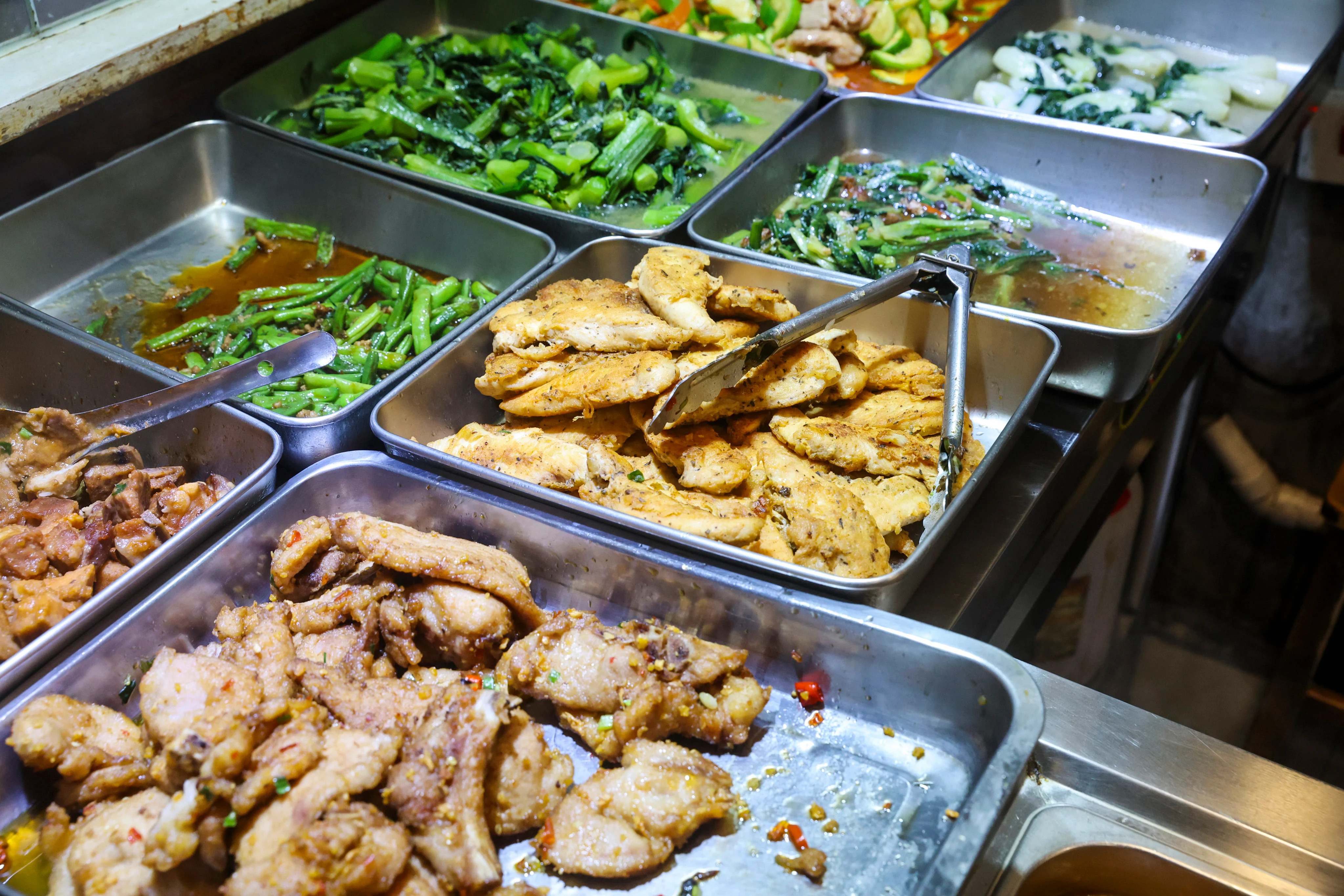Copyright scmp

Inside the cramped premises of Hong Kong Family Food, a two-dish-rice restaurant in Causeway Bay, 59-year-old Lo Hung-wan toils away serving up takeaway meals for her customers. “It is very busy during the lunch rush; I won’t even bother to answer the phone during this period,” said Lo, one of the restaurant’s operators. “During those couple of hours, it feels like we are fighting a war.” Two-dish rice is a type of meal that allows diners to select two pre-cooked main dishes of their choice accompanied by a generous serving of rice – all for around HK$30 (US$3.70) or more. The format became popular in Hong Kong during the Covid-19 pandemic when many residents turned to the cheaper takeaway option after the government banned restaurant dining after 6pm for more than four months. Industry insiders estimate that the number of such eateries has mushroomed from around 300 during the pandemic to roughly 1,000 in the city now, ramping up competition among them. Hong Kong Family Food, which downsized from a pandemic peak of three branches to only one, knows this all too well. Lo said that increased competition from other two-dish-rice restaurants was one of the reasons they closed their branches, along with changing consumption patterns and rising costs. While the remaining branch in Causeway Bay made enough to break even, it was still facing headwinds with rising costs, strong rivalry from similar stores nearby and uncertainty about where future customers would come from, Lo said. To better compete and retain customers, Lo publishes an online menu of the meals they will prepare for the month to allow customers to place advance orders online and to promote seasonal dishes – such as lamb and glutinous rice in winter – to attract diners. Lo is not alone with her business struggle. Earlier, This This Rice, a two-dish rice chain which used to run 10 outlets at its peak, shut around half of them. In July, its outlet in Causeway Bay’s Jardine’s Bazaar and its company secretary were also sued by its landlord for at least HK$533,430, which represented three months’ worth of unpaid rent, rates and interest. Simon Wong Ka-wo, president of the Hong Kong Federation of Restaurants and Related Trades, said that the competition among two-dish-rice restaurants had increased with the influx of such eateries to the market in recent years. He attributed their rise to factors such as cheaper rent following the pandemic, the simplicity of setting up these eateries and the ease of expansion through franchising. However, Wong said he did not believe that the market was oversaturated with these restaurants. Instead, the market was currently undergoing consolidation, under which weaker businesses would be weeded out while stronger ones remained, he said. “With the appearance of two-dish-rice restaurants in every district, I may see one street that will have two to three two-dish-rice restaurants. This shows that there is heavy competition,” he said. “If the person beside you does better than you, then you will lose. If you keep losing money like this, then it will be hard for you to keep operating.” Wong suggested that if operators wanted to keep their businesses afloat, they would have to come up with different ideas to help set them apart from others. “For instance, everyone is talking about health these days,” he said. “If operators provided healthy alternatives, they may have another market to attract customers who are health-conscious.”



